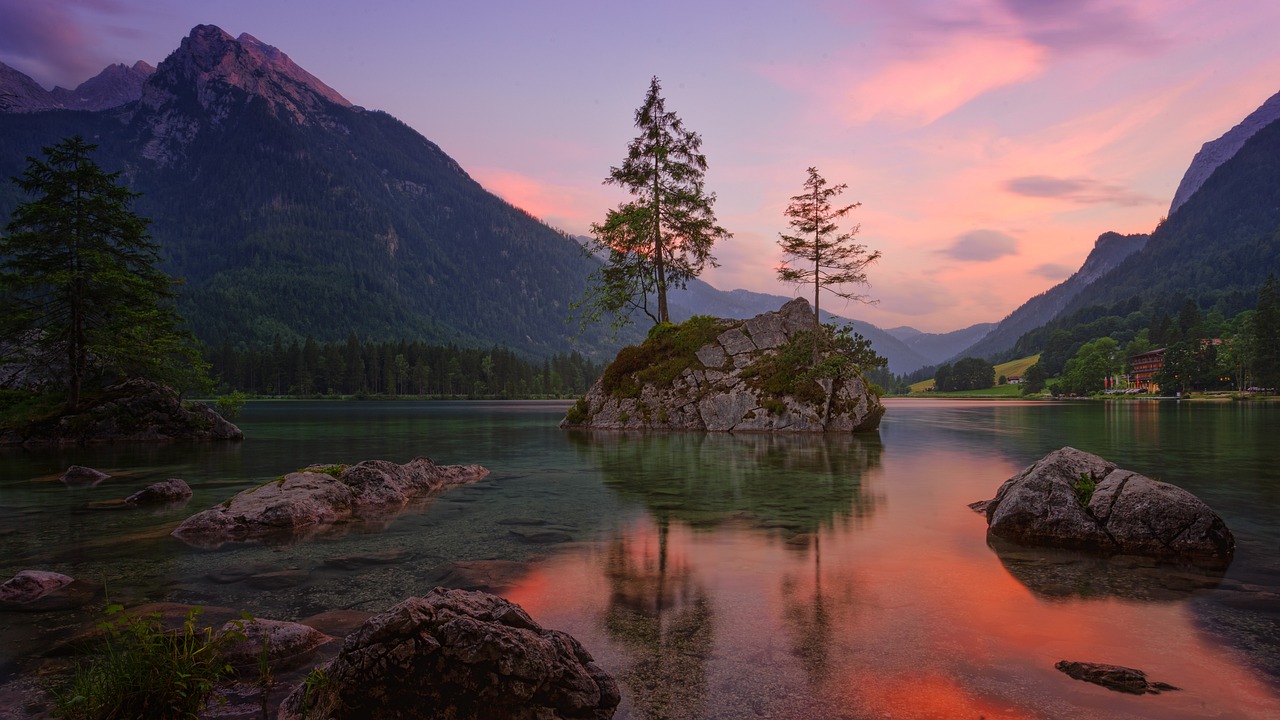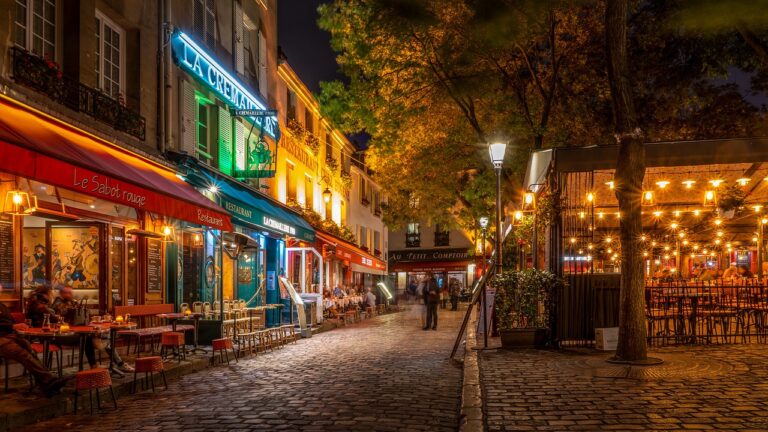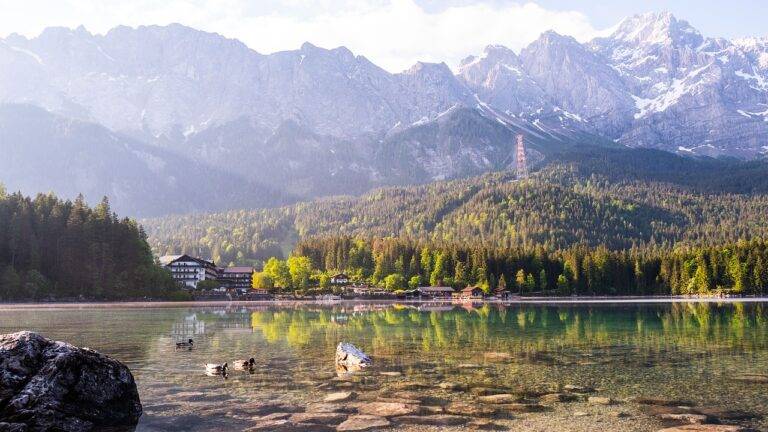The Allure of Dark Sky Parks: Stargazing Sanctuaries Away from Light Pollution
Dark sky parks play a crucial role in providing stargazing enthusiasts with optimal conditions to observe and appreciate the beauty of the night sky. These parks are designated areas that are specially protected from light pollution, allowing for a clear and unobstructed view of the stars, planets, and other celestial wonders. Without the presence of excessive artificial light, visitors to dark sky parks can experience a truly immersive and awe-inspiring stargazing experience.
In addition to offering a more authentic and enchanting stargazing experience, dark sky parks also contribute to the preservation of natural habitats and ecosystems. By reducing light pollution in these designated areas, dark sky parks help protect nocturnal wildlife and maintain the delicate balance of the ecosystem. Moreover, these parks serve as educational tools, raising awareness about the importance of minimizing light pollution and promoting the conservation of the night sky for future generations of stargazing enthusiasts.
The Impact of Light Pollution on Astronomical Observations
Light pollution, stemming largely from artificial sources like streetlights, neon signs, and buildings, poses a significant challenge to astronomers and stargazing enthusiasts worldwide. The excessive artificial light not only hinders visibility of stars and celestial objects but also disrupts the natural balance of nighttime environments. This interference with darkness can have profound effects on both astronomical research and the experience of those seeking to marvel at the beauty of the night sky.
Furthermore, the scattering of light particles in the atmosphere due to light pollution creates a phenomenon known as skyglow, where the night sky appears brightened and washed out, obscuring the view of distant stars and galaxies. This can prevent astronomers from capturing clear images and studying astronomical phenomena with accuracy. The detrimental impact of light pollution on astronomical observations underscores the importance of preserving dark sky areas and promoting responsible outdoor lighting practices.
• Light pollution, mainly from artificial sources like streetlights and buildings, poses a challenge to astronomers
• Excessive artificial light hinders visibility of stars and disrupts the natural balance of nighttime environments
• Interference with darkness can affect both astronomical research and stargazing experiences
• Scattering of light particles in the atmosphere due to light pollution creates skyglow, obscuring distant stars and galaxies
• Skyglow makes it difficult for astronomers to capture clear images and study astronomical phenomena accurately
• Preserving dark sky areas and promoting responsible outdoor lighting practices are crucial in mitigating the impact of light pollution on astronomical observations.
Top Dark Sky Parks Around the World for Stargazing
When it comes to exploring the wonders of the night sky, there are several dark sky parks around the world that offer unparalleled stargazing experiences. One such park is the Cherry Springs State Park in Pennsylvania, USA. Known for its exceptionally dark skies, visitors can marvel at the Milky Way and various constellations without the interference of artificial light. Another top dark sky park is the Aoraki Mackenzie International Dark Sky Reserve in New Zealand. Home to some of the clearest night skies in the southern hemisphere, this reserve is a haven for stargazers looking to witness the breathtaking beauty of the universe.
Moving across the globe, the Jasper National Park in Canada stands out as another top dark sky park for stargazing enthusiasts. Surrounded by the Canadian Rockies, this park offers unparalleled views of the night sky, making it a prime location for astrophotography and celestial observations. Additionally, the Brecon Beacons National Park in Wales provides visitors with a chance to escape light pollution and immerse themselves in the mesmerizing spectacle of the stars above. With designated dark sky areas, visitors can witness the beauty of the cosmos like never before in this picturesque park.
Why are Dark Sky Parks important for stargazing enthusiasts?
Dark Sky Parks are designated areas with minimal light pollution, providing ideal conditions for stargazing and astronomical observations.
What is the impact of light pollution on astronomical observations?
Light pollution can hinder visibility of celestial objects and distort the natural beauty of the night sky, making it difficult for stargazing enthusiasts to fully appreciate the wonders of the universe.
Which are some of the top Dark Sky Parks around the world for stargazing?
Some of the top Dark Sky Parks around the world include Mauna Kea Observatory in Hawaii, Cherry Springs State Park in Pennsylvania, and Aoraki Mackenzie International Dark Sky Reserve in New Zealand.





